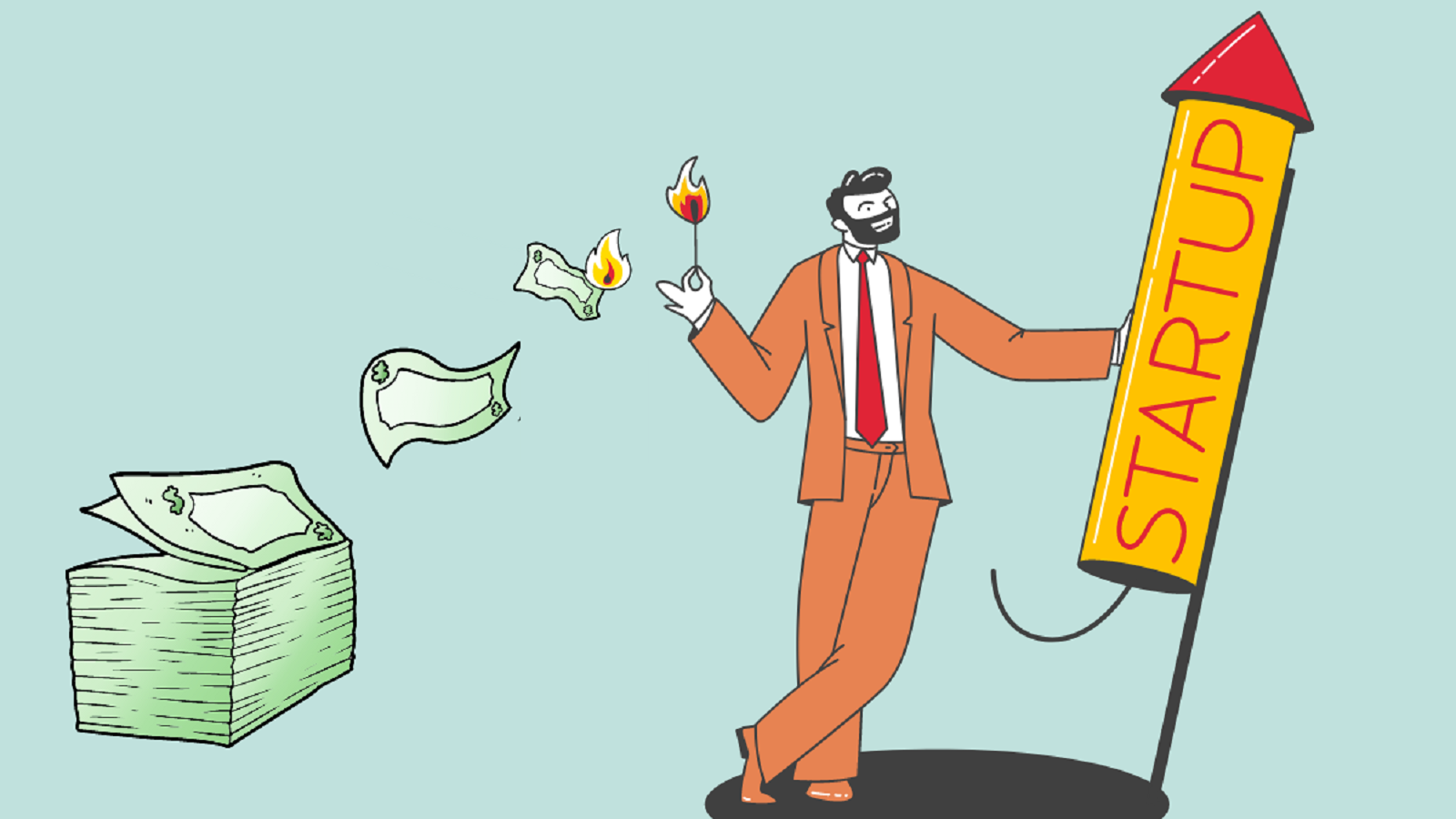Talk to a specialist

Darren Wingfield
Commercial Manager
Leave your details below and we’ll give you a call to chat about how we can help your business move forward.

Darren Wingfield
Commercial Manager
Leave your details below and we’ll give you a call to chat about how we can help your business move forward.


Whether you enlist the help of an accountant or you manage finances yourself, as a small business owner, you need to have a good handle on your finances - which includes knowing your cash burn rate.
For instance, do you know how much cash you have readily available? Do you know how much cash your business spent in the last 3 months? Do you know what your cash balance will be at the end of the month?
It’s okay if you don't have the answers. This is a safe space, and this guide is here to rectify the situation - helping you understand, calculate and even reduce your business burn rate.
What is your cash burn rate?
First up, let’s clear up the question of ‘what is cash burn rate?’.
Termed as your negative cash flow, cash burn rate essentially highlights how much cash your business is spending and how quickly.
Cash burn rate is typically calculated as a monthly spend. It can also be helpful to have a high-level view with quarterly or annual burn rate, and even more granular details on daily and weekly spend rates.
It’s natural for new startups to have a higher burn rate, as establishing a company often necessitates a great deal of initial expenditure. However, many small business ventures burn through their cash reserves too quickly, making their cash flow unsustainable.
Cash burn rate isn’t just a concern for startups, though - every business should regularly review their burn rate, ensuring they’re making informed fiscal decisions.
How to calculate your burn rate and cash runway
Working out your cash burn rate doesn’t need to be complicated.
Follow these 3 simple steps to help you work out the calculation below:
(Starting cash balance - ending cash balance) ÷ number of months = net burn rate
Calculating your cash runway
To give your burn rate context, it’s also helpful to know your cash runway, which basically outlines how long your cash reserves will last at your current burn rate. Armed with both of these figures, you can accurately forecast your business spend and make suitable arrangements for any shortfalls.
To work out your cash runway, you just need to know your net burn rate and your total cash balance, then use the following calculation:
Total cash reserve / burn rate = cash runway
How to reduce your burn rate
Now you know what your burn rate is and how to calculate it, along with your cash runway, it’s time to look at some ways you can reduce it.
One of the most effective ways to lower your company’s cash burn rate is to lower direct costs and expenses. This could include sourcing cheaper suppliers for raw materials, scaling back on salary expenses and eradicating unnecessary spending.
To help you make meaningful changes that boost revenue and reduce burn rate, prioritise revenue streams that you know will deliver the most profit. This may mean shelving a few underperforming avenues temporarily, but keep in mind that the goal is to positively impact your cash balance in the most efficient way.
Outstanding invoices can negatively impact your cash balance - so invoice customers promptly and be clear about your payment terms to ensure money is received on time. You can even incentivise timely payments with early payment discounts and added interest on late payments.
Invoicing promptly doesn’t mean you have to pay your own outstanding invoices straight away. Unless suppliers offer an early payment incentive, stagger your cash flow outgoings by paying bills within the terms, but not before.
There’s no doubt that small business finances can be tricky to navigate, but the key is to keep on top of them. Familiarising yourself with important calculations like cash burn rate will bring you one step closer to effective cash flow management.
If you’re short on time or you still aren’t confident tackling cash burn rate and other finance tasks yourself, there’s no need to stress. Simply get in touch with the Harlands team today. We have the right skills and expertise to help you grow your business.